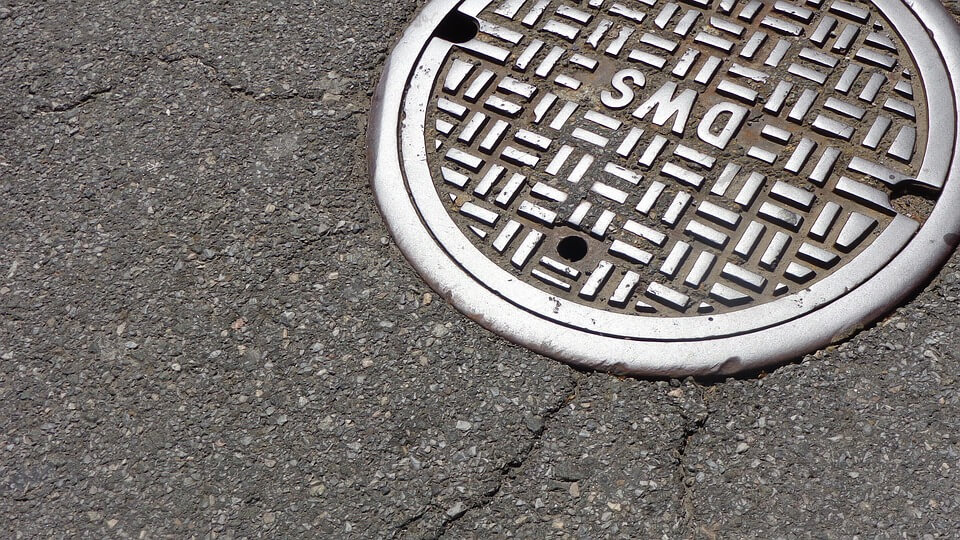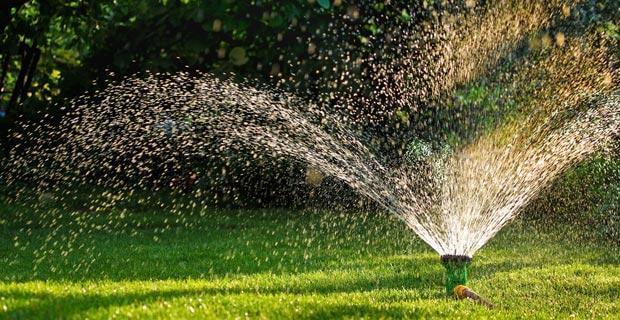How are microorganisms used in sewage treatment plants?
Although you may not know it, microorganisms in sewage treatment plants play a hugely important role in how our wastewater gets recycled. Every day, the vast majority of us run water down our drains, take showers and flush our loos all without wondering where all this water goes and what happens to it.
Instead of introducing toxic chemicals that can negatively hurt our environment, naturally occurring microorganisms are actually used to help break down organic material in our sewage systems, thereby reducing odour levels, sludge, and grease in treatment plants, lagoons, and ponds.
Which Microorganisms Are Used?
Microorganisms in sewage treatment plants are a complex petri dish of elements, such as protozoa, rotifers, and fungi. But 95% of what can be found in wastewater are naturally forming bacteria.
These bacteria are highly beneficial in how sewage is broken down and purified. Though there are many different types of bacteria found in our wastewater, there are three specific forms that are most effective at keeping it clean.
These bacteria can be classified as aerobic, anaerobic, and facultative.
What Does Each Do?
Although they are all similar waste decomposing bacteria, aerobic, anaerobic, and facultative bacteria all behave differently in the sewage treatment environment.
Aerobic bacteria are able to consume wastewater on the surface of both man-made and naturally occurring sewage deposits.
Anaerobic bacteria are most often used to treat dairy, agricultural, food, paper pulp, and textile runoff, along with the standard wastewater produced by human settlement. These bacteria are typically first introduced into waterways with high concentrations of organic material often before aerobic bacteria treatment.

Facultative bacteria are the most flexible of the three. Their hybrid nature allows them to perform many of the same functions as both aerobic and anaerobic bacteria, as well as being able to process waste in environments that the other bacteria would not thrive in. This makes them highly important in improving the efficacy of sewage treatment plants.
The Importance of Oxygen
Aerobic bacteria thrive best in an aerated environment. Much like your lungs needing oxygen during aerobic exercise, aerobic bacteria must ‘breathe’ to perform their vital function.
By consuming oxygen, they degrade wastewater pollutants naturally. As they degrade this organic material, these bacteria then create energy as a by-product that they can use to grow and reproduce – a virtuous, self-perpetuating cycle.
For aerobic bacteria to function most effectively, sewage treatment plants must introduce oxygen mechanically.
Most typically, large treatment ponds are used, which function by virtue of their large surface area holding the wastewater to be treated. A type of large mechanical aeration device then agitates outside oxygen into the wastewater so the aerobic bacteria can breathe as they do their job.
Unlike aerobic bacteria, anaerobic bacteria do not need artificially introduced oxygen to function. These bacteria break down sewage-contaminated water by using the biodegradable contaminants themselves as their food source.
No additional mechanical agitation is needed for these bacteria to do the job that they are inclined to do naturally. When wastewater collects in a treatment tank or lagoon, it settles down to form an upper liquid layer and a thicker ‘sludge’ layer beneath it.

The liquid layer above impedes oxygen from reaching the sludge layer, so the anaerobic bacteria play a critical role in the breakdown of the proteins, carbohydrates, and fats present in the wastewater. And instead of producing energy as a by-product of their activity, anaerobic bacteria create methane gas.
It’s for this reason that anaerobic bacteria are the most used microorganisms in sewage treatment plants, as the methane gas can then be collected and used as a valuable and alternative energy source across a host of industries. But most importantly, this biogas (as it’s most commonly known) can be recycled back within the plant to fuel the continuing wastewater treatment process.
Although they tend to prefer oxygen, facultative bacteria can thrive in and decompose organic waste matter in both oxygen-rich and oxygen-deprived environments. In this manner, they are almost like a fusion of their aerobic and anaerobic counterparts.
However, unlike aerobic bacteria, they can also convert a large proportion of the organic compounds they consume into methane gas. And unlike anaerobic bacteria, they can decompose waste matter outside of submerged sludge and other such sealed environments.
Since they can behave and function in both environments and produce energy-rich methane for the plant, facultative bacteria play a highly important role in making the entire plant more efficient.
Impact of pH
PH levels are just as critical as microorganisms in sewage treatment plants. Wastewater itself often contains high levels of both heavy and toxic metals that are dissolved within the water. Treatment processes can artificially adjust the pH level to induce these metals to bond chemically, becoming more insoluble and easier to remove.
In laymen’s chemistry terms, water is essentially composed of a negatively charged hydroxide ion and a positively charged hydrogen ion. In acidic water, there is a high concentration of positive hydrogen ions.
Neutral water maintains an equilibrium of both hydrogen and hydroxide ions. In basic water, negative hydroxide ions are in excess.
In most wastewater, pH levels are low and ions present in dissolved metals will not bond with each other – they remain dissolved and floating around. To properly remove these metals, pH levels are chemically adjusted within the wastewater.
The negative hydroxide ions will then bond with the positively charged metal ions. This forms a denser, insoluble, metal particle that can then be separated from the treated water. This is usually done through industrial filtration, or these now more solidified metals will simply settle with gravity and can be removed later.

Just as importantly, highly acidic pH levels can be detrimental to the health of the much-needed microorganisms in sewage treatment plants. PH neutral or basic level water is most favourable to the kinds of bacteria described above that digest organic waste matter.
An acidic pH level can stunt the growth cycle or even kill off these living bacteria. Wastewater treatment, therefore, demands constant maintenance of correct pH levels by the use of additional chemicals to make sure that essential bacteria are not lost.
Impact of Temperature
Another important factor in sewage treatment is that of temperature. Bacteria in general prefer aquatic environments with warmer temperatures in which to thrive and grow. Between 12°C to 38°C are considered most optimal.
However, most wastewater treatment is performed outside and many areas of the world, Canada and the United Kingdom for example, do not have the best of climates during winter for maintaining important microorganisms in sewage treatment plants.
In addition to naturally occurring low temperatures that inhibit functioning bacteria, industrial plants may introduce chemicals and runoff into the water system at temperatures so artificially high that they can easily kill the beneficial bacteria needed for organic matter decomposition.
What Can Sewage Trimmed Plants Do in These Situations?
In cold geographic environments, wastewater plants can generate heat to keep the temperature of their liquid treatment tanks warm. However, these kinds of measures are expensive and ultimately not cost-effective.
The most commonly used remedy is the introduction of specially formulated waste-digesting bacteria that can function in extreme temperatures. One set of bacteria that can thrive below 12°C is pre-fed into holding tanks before the treatment process starts.
Similarly, there are specialised bacteria that can survive in hot water temperatures between 30°C and 50°C. Of course, these types of bacteria must be introduced before a cold-weather event occurs, or industrially hot water meets the water treatment tank, waterway, or lagoon.
Summary
As you may have now learned, the role of microorganisms in sewage treatment plants is highly complex. Yet, they are critical to how our modern societies deal with and dispose of unwanted waste from municipalities, agriculture and industry.
These microorganisms, composed primarily of naturally occurring bacteria, play a vital role in breaking down organic matter, thereby reducing the presence of unwanted oils, sludge, and noxious smells.
Aerobic bacteria work best in aerated, oxygen-rich environments, anaerobic bacteria thrive without oxygen, and facultative bacteria are a methane-producing hybrid that can survive in both environments.
PH levels both allow these bacteria to survive, as well as aiding in the removal of dissolved metals.
Finally, warm temperatures are critical to these microorganisms, and when extreme temperatures threaten their most optimal environments, specially formulated bacteria must be introduced so they can continue to do their job purifying unwanted wastewater.
Why OMDI?
OMDI has at least two decades’ worth of experience in the field of waste removal, installation, and repair of sewage treatment plants. Our experts are on call to assist you with all your commercial sewage questions.
We will be happy to discuss your project in-depth and provide a free, no-obligation quote. Contact OMDI today.
